Best Conditions for Foundation Repairs
Foundation repairs are most effectively performed during specific conditions that minimize risks and ensure quality work. The ideal time often depends on weather patterns, soil conditions, and the severity of issues. Generally, dry and moderate weather periods provide the best environment for foundation work, reducing the chances of delays caused by rain or extreme cold.
In regions with distinct seasons, late spring through early fall is typically optimal for foundation repairs. During these months, soil moisture levels are balanced, preventing excessive swelling or shrinking that can hinder repair efforts. Timely repairs can prevent further deterioration, saving costs and avoiding structural issues.
Dry, moderate temperatures reduce delays and ensure proper curing of repairs.
Perform repairs when soil moisture is stable to prevent shifting and further damage.
Cold weather and heavy rainfall can complicate foundation work and should be avoided.
Understanding local soil behavior helps determine the best repair timing.

Inspecting foundations during dry months ensures accurate assessment.
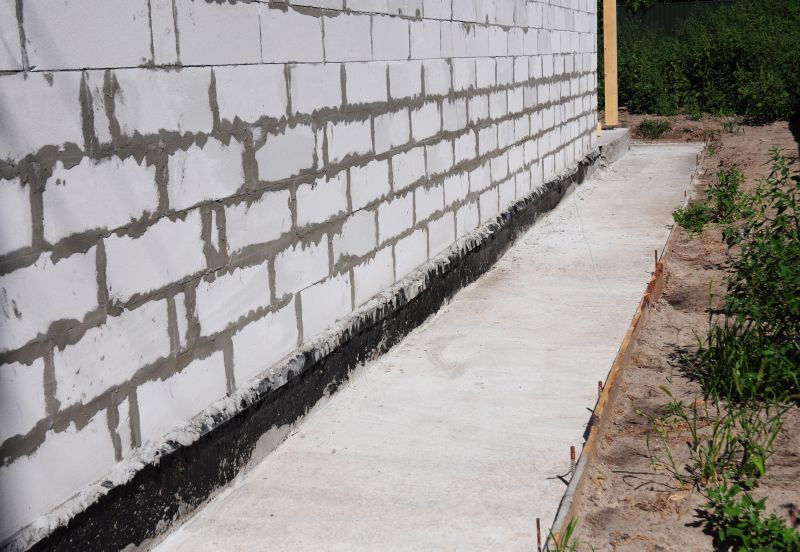
Proper soil stabilization is easier in moderate weather conditions.
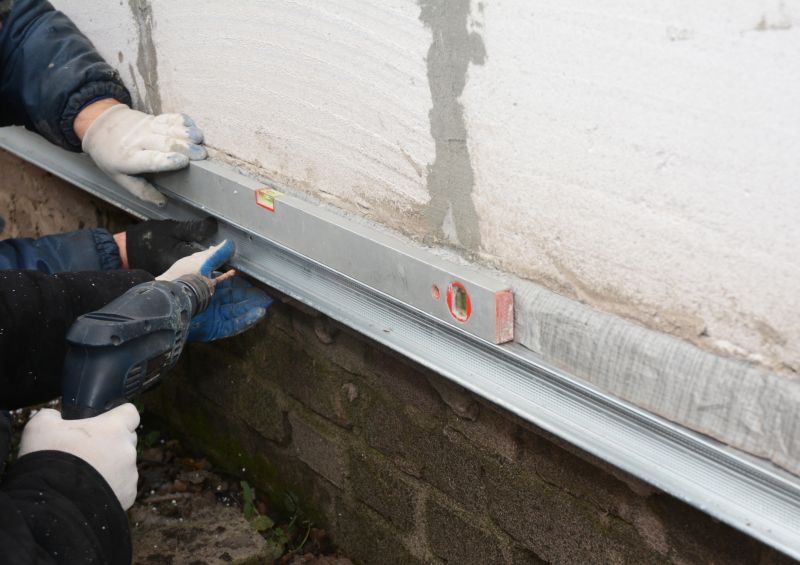
Preparing the site during favorable weather speeds up repair processes.
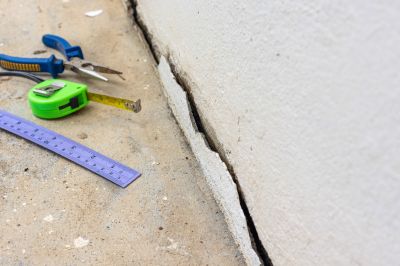
Ways to make Foundation Repairs work in tight or awkward layouts.
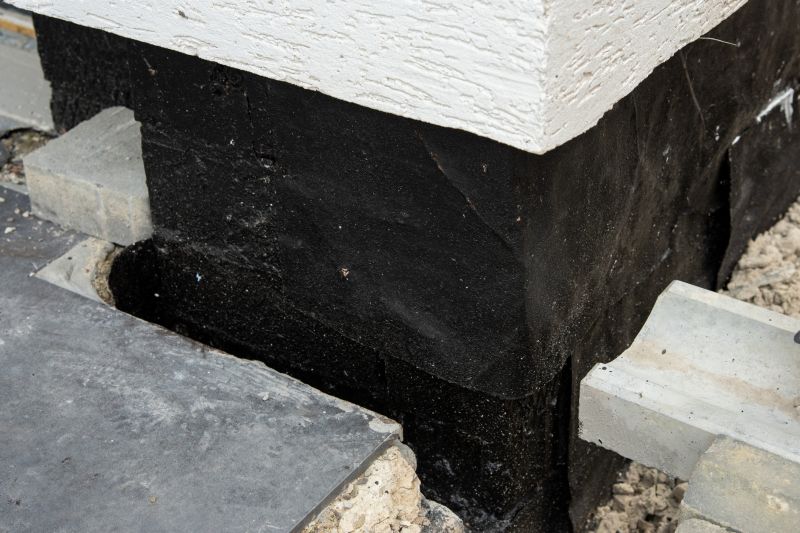
Popular materials for Foundation Repairs and why they hold up over time.
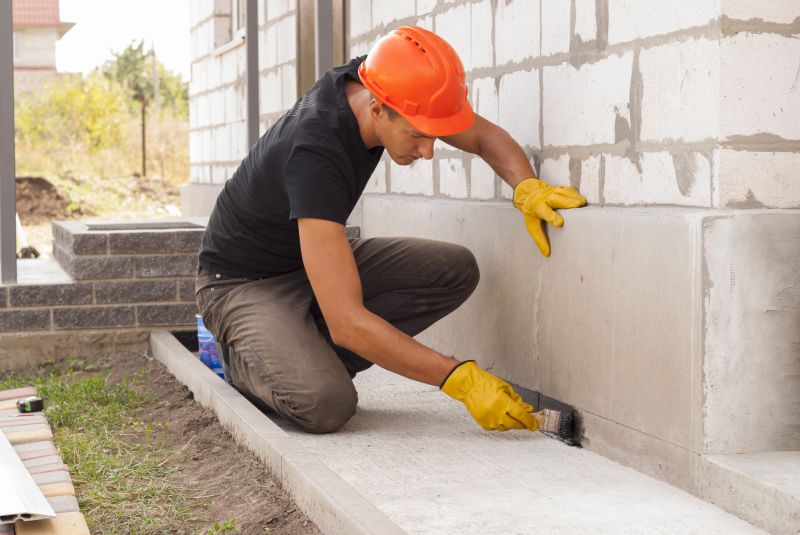
Simple add-ons that improve Foundation Repairs without blowing the budget.
| Season | Recommended Repair Timing |
|---|---|
| Spring | Late spring is ideal as soil moisture stabilizes. |
| Summer | Early summer offers warm, dry conditions for repairs. |
| Fall | Early fall provides moderate weather before cold temperatures. |
| Winter | Generally not recommended due to cold and frozen ground. |
| Heavy Rain Periods | Avoid during months with frequent heavy rainfall. |
Foundation repairs are crucial for maintaining structural integrity and preventing further damage. Addressing issues promptly during optimal weather conditions can reduce repair costs and extend the lifespan of a building's foundation. Proper timing ensures that repairs are durable and effective, avoiding complications caused by adverse weather or soil movement.
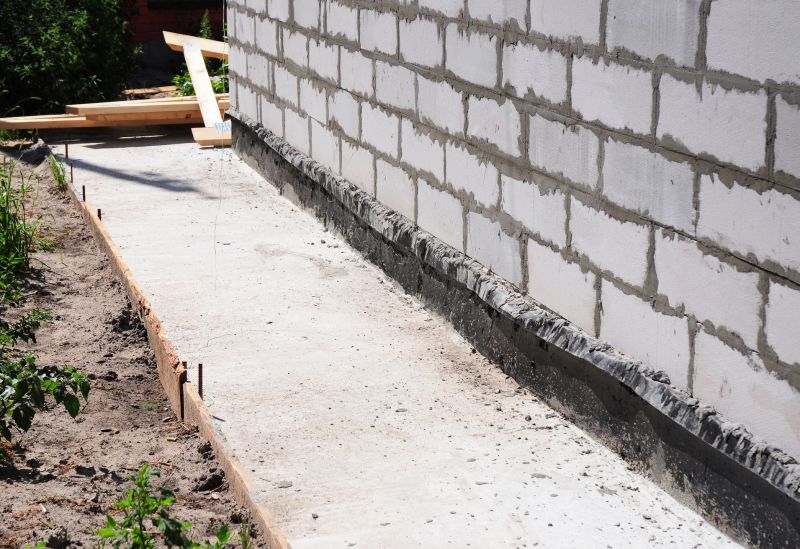
A detailed view of foundation stabilization techniques.
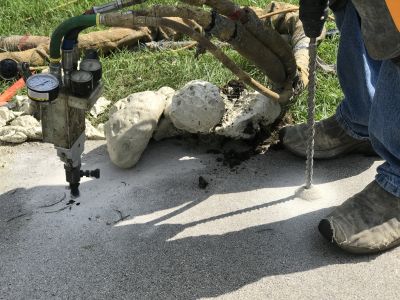
Tools used to prepare soil for foundation work.
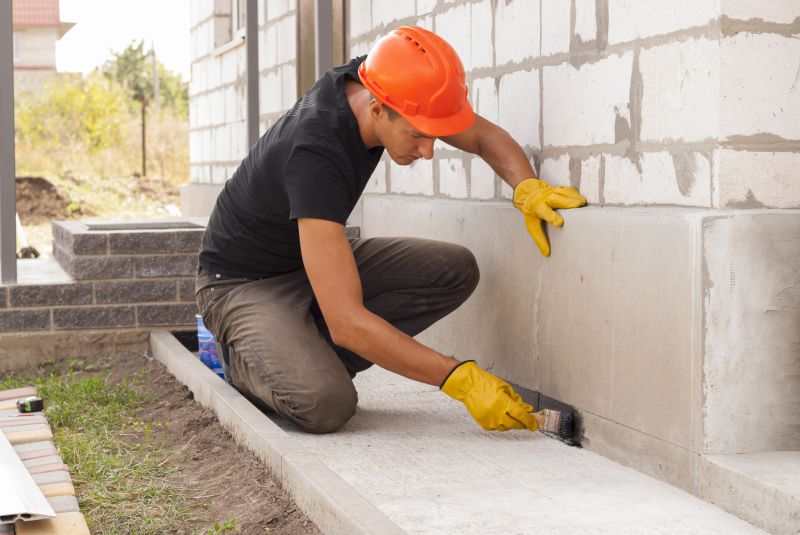
Preparing the area for effective foundation repairs.

Close-up of crack sealing and reinforcement.
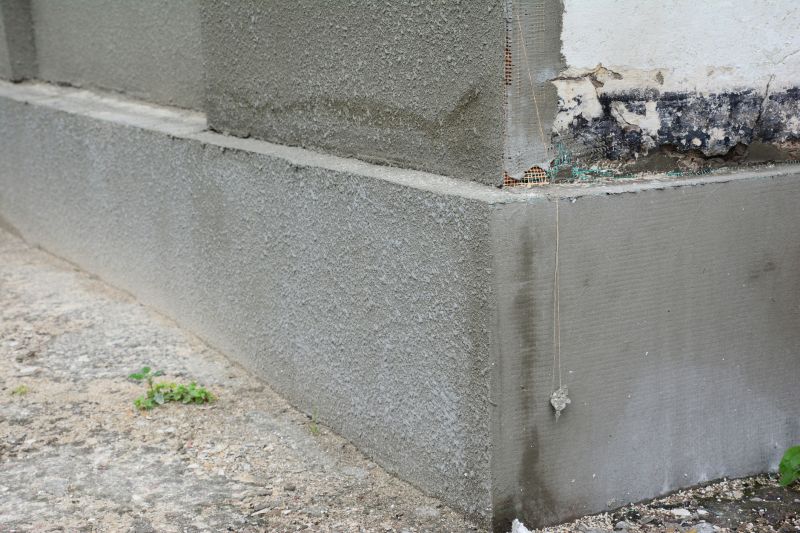
Finishes and colors that play nicely with Foundation Repairs.
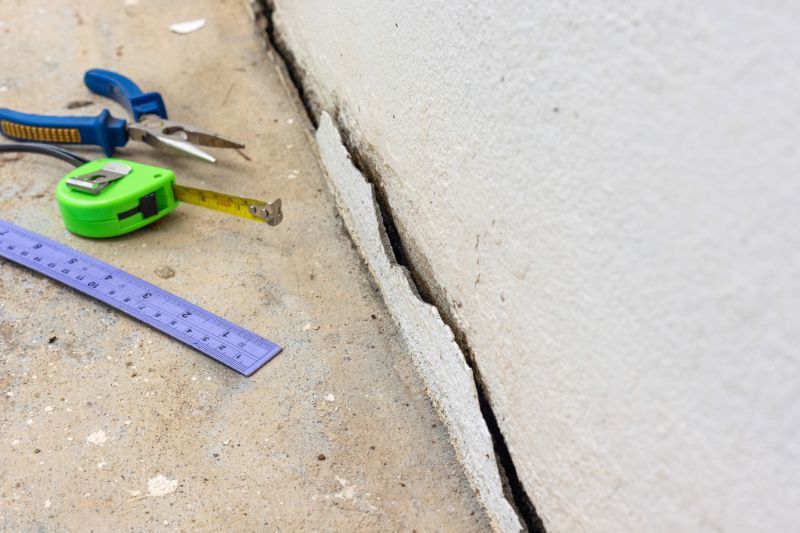
Little measurements that prevent headaches on Foundation Repairs day.
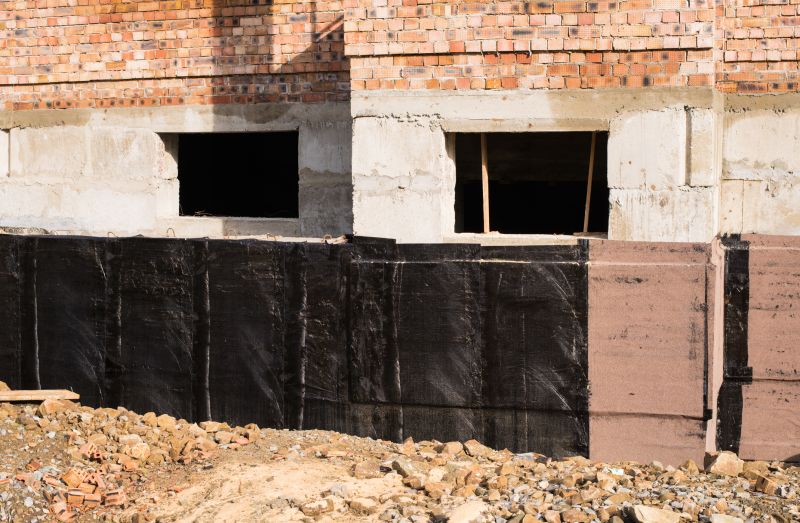
A 60-second routine that keeps Foundation Repairs looking new.

A frequent mistake in Foundation Repairs and how to dodge it.
Timely foundation repairs are essential to maintaining the safety and stability of a property. Recognizing the best seasons and conditions for repairs can help property owners plan effectively and avoid costly damages. Regular inspections and early intervention contribute to the longevity of the structure.
Interested in foundation repairs? Fill out the contact form to get started.

